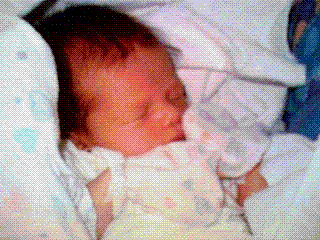
Figure 1 – The first publicaly shared mobile phone image. Transmitted on June 11, 1997 by Phillipe Kahn of his newborn daughter Sophie. From the Wikimedia Commons and put in the public domain by Phillipe Kahn.
It’s been a while since I posted a photographic first. But this week brought us the IPhone 6, the IPhone6 plus, and the IWatch and this got me thinking about the rapid, blink of the eye, history of both the mobile phone and the digital camera on the mobile phone. For those of us brought up on Star Trek, it has all been wonderful, although the flip phone, which was designed to give you the feel of the Star Trek communicator had only a brief moment in the sun or some other star before we move on. Indeed, even standard Federation of Planets communicator models evolved rapidly through the seasons of the show. The flip communicator rapidly became integrated into the Federation medallion worn by crews. Even the short lived “red shirts” wore them. Oops! I am digressing again.
I found myself wondering this morning what the first mobile phone image was. It sounded like the kind of thing that I could find with a simple Google Search, and sure enough. On June 11, 1997, Philippe Kahn instantly transmitted what is widely believed to be the first publicly shared photographs ever. In some sense it marks the birth of social media. The image shown in Figure 1, fittingly is of his then newborn daughter Sophie from the maternity ward. It was shared simultaneously with a then amazing 2000 people.
Look at the picture and note its relatively low resolution. Do a quick calculation. It was taken a mere seventeen years ago. The telephone was invented somewhere between 1833 and 1876 – don’t want to weigh in on a controversial issue. Television was invented a half century later. The current rate of innovation is truly staggering.
